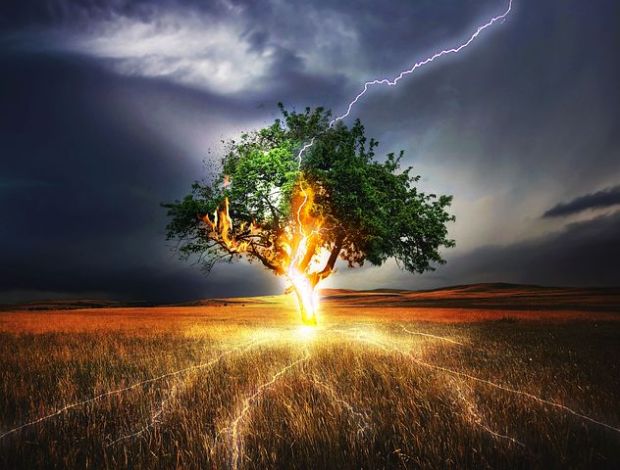Facebook – General
Had to smile today. I receive book recommendations by email sometimes and today it finally happened. Yes, From Light To Dark and Back Again was recommended to me!
Moving on swiftly, I’m pleased to say I’m making good progress with my novel and third collection of flash fiction stories. I’ve ideas for non-fiction that I’m working on as well and I could really do with more hours in the day or to somehow be able to manage without sleep. Given neither of those are going to happen, it’s a case of best endeavours!
Have also started drafting a short story I’ve got in mind for a competition in April. Sounds ages away I know but it’ll be here before we know it and I do like to get a story drafted and then leave it for a while before reassessing and editing it. So starting the story about now is the right sort of timescale for me.
Have typed up a couple of writing diary prompt stories that I’m considering for my third flash fiction collection. I’m at the 15000 word mark with this so will probably go to 20K and stop there. I know there’ll be a lot of cutting to do – there always is! But I never mind that. I think it shows there IS a story there and it is just a question of getting rid of anything that doesn’t enhance it.
I’ve only consciously padded a story the once and, guess what, I gave up when I realised the idea simply wasn’t strong enough. It remains the only story I’ve ever given up on. So yes I prefer to write and then cut. It always works better for me.
The writing prompts in my diary at the moment are where you’re given an opening line and you then see what you can do with it. I like those. I like to think of them as imagination stretching exercises!
Enjoyed listening to Just a Minute on Radio 4 tonight. The rules of no repetition, no hesitation, and no deviation from the subject are great guidelines for writing fiction too.
You want your story to move onwards and upwards to its conclusion so no repetition (it will also irritate readers). I’ve found outlining a story before I start writing it gives me the confidence to write it at all and so I do (no hesitation). I also think something of that confidence shows through in the final story too.
And as for going off at a tangent… a big no-no. As someone once said “just the facts, Ma’am, just the facts”. What those facts are, as far as your story is concerned, of course is down to you!
Glad to say a flash fiction story of mine, Mirrored, was in the recent Swanwick Writers’ Summer School newsletter.
I discuss adaptations in my CFT post this week. What makes a good adaptation? What doesn’t? Also, this doesn’t just apply to writing either. Link up on Friday.
Editing of the novel continues to progress well and I’m drafting a 750-word short story too at the moment. Really like my lead character. They have promise! The real issue for me on this one is whether I can keep to the strict word count for this particular competition. Still, I will find out! I do love being able to set a Project Target on Scrivener and find it really useful for competitions like this. I like seeing the bar change colour as I get nearer to my goal!
Scrivener images below werebtaken by me as screenshots.

Facebook – From Light to Dark and Back Again
I’m very fond of flash fiction stories that end with a line which make me laugh. When writing this kind of story, I always write that finishing line first and then work backwards to the beginning.
I’ve found outlining in that way means the ending seems natural to a reader and springs out of what has come before. I can take the time to work out what must come before for that line to work and none of that shows in the finished story. Win-win!
How can I tell if a flash fiction idea is going to work best at 50 words, 75, 100, 500, or what have you?
A lot depends on how strong the character is – can they carry a longer story? Also the story itself is about one moment in the character’s life. The moment you’re writing about must not be dragged out (it shows, trust me, that shows) so if you are finding you are trying to extend a story, stop, think again, and look at the piece as a much shorter one. It will almost certainly work better and pack more of an emotional punch on a reader by keeping it shorter. It is impact you want. That is what a reader remembers. You don’t want to dilute that.
Equally, I’ve found sometimes a character needs space to show what is happening in their “moment” properly so fine I go with that. The time to stop is when if you add anything at all, it will weaken the story/character and the potential impact. There’s nothing to stop you incidentally from trying out a story in two different word counts and seeing what works best. Read them out loud. What has the most impact on you?
Street Cred
I’m the coolest one on my street. I’ve been here the longest. Know the best places to hang out with pals. Know the best places to get together with the girls, if you see what I mean. It was just a pity a momentary lapse in concentration meant my cool went haywire and I managed to walk into the catflap my owner put in for me, rather than through it.
Don’t let anyone tell you cats have no sense of humour. The rest of the gang were all laughing at me. Still I’m not worried. I’ll just have to fight them all tomorrow. But for now, me the big ginger tom from No. 27, is curling up on the sofa with my so-called owner. (I own HER truth to be told). She is feeding me titbits from her tuna supper. This is the life.
Being cool again can wait until tomorrow.
Allison Symes
25th February 2019
I love writing twist endings for my stories and, as mentioned before, often work those out first and then write the story “backwards” to get to the starting point.
But my other favourite writing technique is to begin with a promising opening line and then outline a few ideas as to where that could take me. Naturally I then go for the idea that I like the most (which is always the strongest one or has the most potential in it. Definitely not a coincidence that!).
Sometimes I can “see” a 100-word story in its entirety. My The Haunting is an example of that and was inspired by the character of Mrs Wilberforce (aka Mrs Lopsided) in The Ladykillers.
Goodreads Author Blog – Short Stories and Flash Fiction
I’m glad to see the return of short stories and the development of flash fiction for many reasons. One of these is that I write both so I won’t pretend to be unbiased here. But the major reason for loving this development is it expands the kind of reading available.
I love novels but it is great being able to read a collection of short stories or flash fiction after finishing one full length tome. It mixes up what I read. By the time I’ve finished reading an anthology I’m raring to get on with a novel again!
Also if the novel has been a dark one in terms of mood, there’s nothing like a collection of funny short stories to show the opposite side of life and I, for one, find that helpful. I don’t want to read “dark” all the time. I also know life isn’t always one big laugh so I like to have a balance of dark and light in my reading, as well as my own writing.














































































































































































































































































































































































































































































































